Wildlife Safari
Wildlife safari, Tanzania is the best destination in Africa and worldwide for wildlife safari, it has 16 National Parks, more than 35 game reserves and the Ngorongoro Conservation Area which has amazing Ngorongoro Crater 600m below the sea level with plenty of beautiful animals. The most popular and famous National Park is Serengeti which has wildebeest migration.
Saanane Island National Park
Saanane Island is covering an area of 2.18 sq km comprises of three islets and aquatic environment. The islets lie on the southern part of the main Island.
The park made a record of being the first ever National Park to be located within the City of Mwanza and the smallest National Park in both Tanzania and East Africa. The Park is the home of mammals like Impala, Rock Hyrax, Velvet Monkeys and Wild Cats. The presence of “De-brazas Monkey” underscores its potential as the only Park in the country inhabiting the species. Reptiles are also dominant; they include crocodiles, Monitor Lizards, Agama Lizards, Pancake and Leopard Tortoises, Snakes particularly Python. The aquatic part of the Park inhabits a variety of fisheries life, mainly Tilapia and Nile Perch.
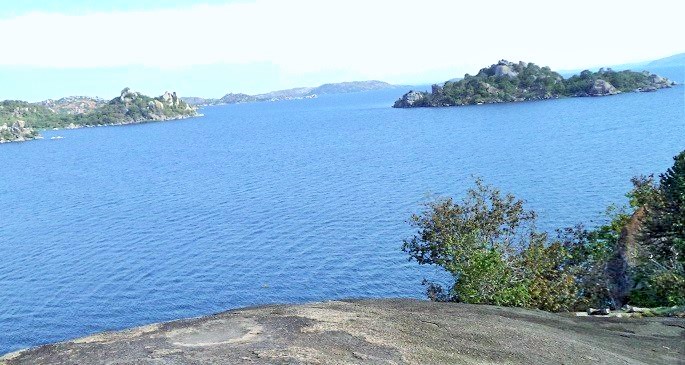
Rubondo Island National Park
About 80% of the park is covered by a dense forest thus providing a variety of habitats to wildlife ranging from Savannah, open woodland, papyrus swamps to dense forest. These habitats form a home for various wild creatures such as sitatunga, bushbucks, vervet monkeys, genet cats, spotted necked otters, hippopotamus and crocodiles which share the ecological niches with introduced species such as chimpanzees, elephants, giraffes, black and white colubus monkeys, suni and African grey parrot.
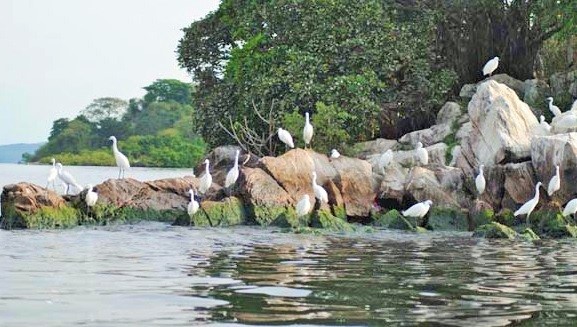
Activities include; Sport Fishing, Boat excursions, Game drive, Walking safari (guided) in the natural forest / along the beach and bird watching.
Northern Circuit Parks
Serengeti National Park
A World Heritage site and recently proclaimed a seventh Worldwide wonder. Serengeti is famed for its annual migration, when some six million hooves pound the open plains, as more than 200,000 zebra and 300,000 Thomson's gazelle join the wildebeest’s trek for fresh grazing.
Serengeti the largest national park, covering 14,763 square kilometres of protected area that borders Kenya’s Maasai Mara Game Park. Its far-reaching plains of endless grass, tinged with the twisted shadows of acacia trees, have made it the quintessential image of a wild and untarnished Africa. Its large stone kopjes are home to rich ecosystems, and the sheer magnitude and scale of life that the plains support is staggering. Large prides of lions laze easily in the long grasses, plentiful families of elephants feed on acacia bark and trump to each other across the plains, and giraffes, gazelles, monkeys, eland, and the whole range of African wildlife is in awe-inspiring number
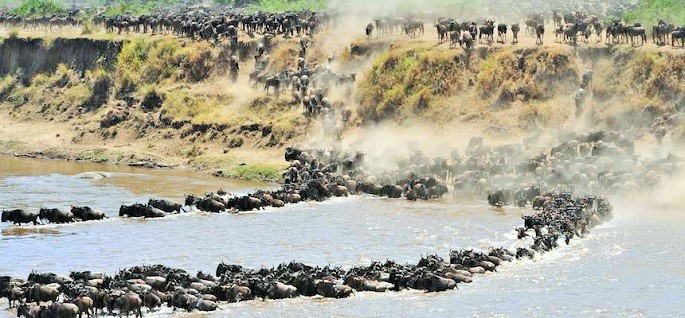
Ngorongoro Conservation Area
The Ngorongoro Crater is often called as the ‘Africa’s Eden’ and the ’8th Natural Wonder of the World’. It has as well being declared as one of the Seven Natural Wonders of Africa. A visit to the crater is a main draw card for tourists coming to Tanzania and a definite world-class attraction. Within the crater rim, large herds of zebra and wildebeest graze nearby while sleeping lions laze in the sun. At dawn, the endangered black rhino returns to the thick cover of the crater forests after grazing on dew-laden grass in the morning mist. Just outside the crater’s ridge, tall Masaai herd their cattle and goats over the green pastures through the highland slopes, living alongside the wildlife as they have for centuries.
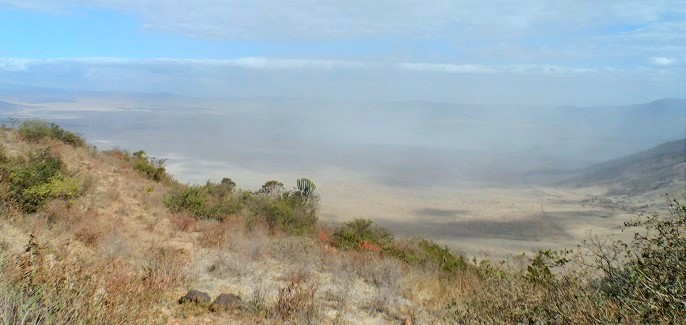
Lake Manyara National Park
Manyara National Park is a scenic gem, with a beautiful lake of Lake Manyara which attracts so many flamingos and other more than 400 birds’ species. The other things which make Lake Manyara National Park unique from other national parks are mountains, stretching for 50km along the base of the rusty gold 600 meters high Rift Valley escarpment.
The word Manyara come from the Swahili word Mnyaa which is a plant found in many areas of Manyara. The size of the park is 330 square km (127 square miles), of which up to 200 square km (77 square miles) is lake when water levels are high.

Tarangire National Park
Is 2,600 sq km (1,005 sq miles) and is located 118 km (75 miles) Southwest of Arusha. The park is named after the Tarangire River that runs through the center of the park from south to northwest and drains into lake Burung, it resulted from Mbugu people from their local language miendaling river “MTARANGIRE” then it was reduced to TARANGIRE
Tarangire National Park has the highest population density of elephants anywhere in Tanzania, and its sparse vegetation, strewn with baobab and acacia trees, makes it a beautiful and special location.
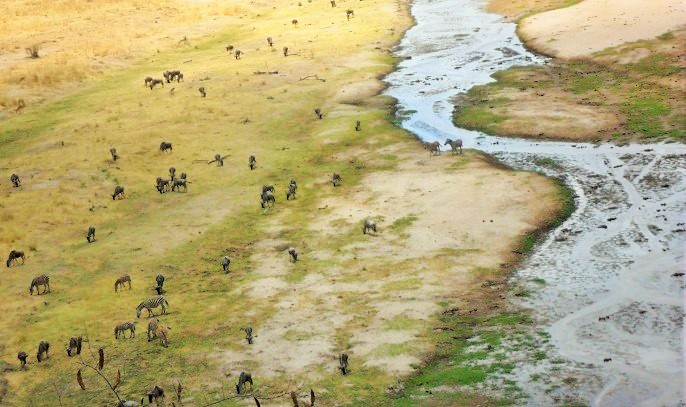
Arusha National Park
Arusha National Park is a relatively small park, covering an area of 137 square kilometers (52.9 square miles), and lies near the town of Arusha. The town and the Park derive their name from the Warusha people who traditionally lived in this area. However the Park also overlaps into areas where the Maasai lived and most of the place names in the Park are of Maasai origin.
Three distinct areas are to be found within Arusha National Park: Ngurdoto Crater, the Momela Lakes and the rugged Mt. Meru. Altitudes range from 1,500 meters (4,921 feet) above sea level at Momela to over 4,500 (14,764 feet) meters at the summit of Meru.
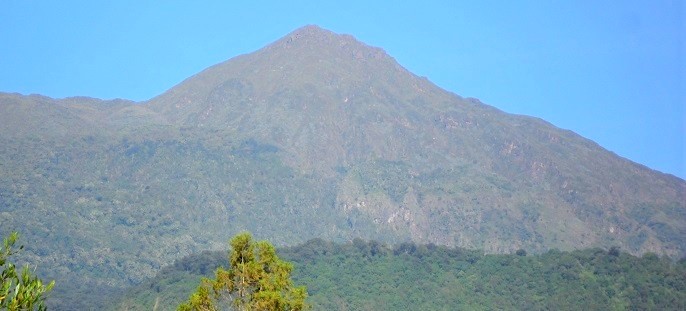
Mount Meru the fifth highest in Africa at 4,566 metres (14,990 feet) – that dominates the park’s horizon. Its peaks and eastern footslopes protected within the national park, Meru offers unparalleled views of its famous neighbour, while also forming a rewarding hiking destination in its own right. Passing first through wooded savannah where buffalos and giraffes are frequently encountered, the ascent of Meru leads into forests aflame with red-hot pokers and dripping with Spanish moss, before reaching high open heath spiked with giant lobelias. Everlasting flowers cling to the alpine desert, as delicately-hoofed klipspringers mark the hike’s progress. Astride the craggy summit, Kilimanjaro stands unveiled, blushing in the sunrise.
Mount Kilimanjaro National Park
Kilimanjaro, by any name, is a metaphor for the compelling beauty of East Africa. When you see it, you understand why. Not only is this the highest peak on the African continent; it is also the tallest free-standing mountain in the world, rising in breathtaking isolation from the surrounding coastal scrubland – elevation around 900 metres – to an imperious 5,895 metres (19,336 feet).
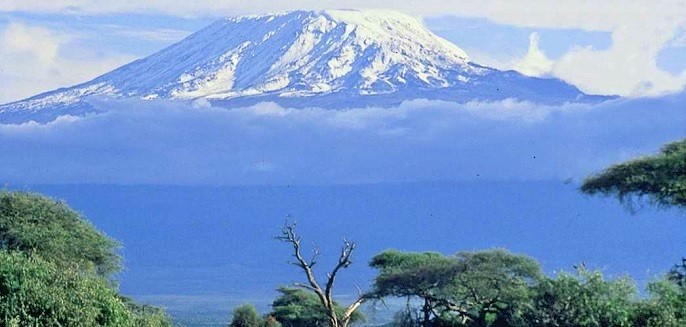
The wildlife safari to Saanane, Rubondo, Serengeti or the package of Northern Circuit Tour of Tanzania which include Serengeti, Ngorongoro, Lake Manyara, Tarangire, Arusha N.P. and Mount Kilimanjaro.
- Serengeti Park
- Northern Circuit Tour
- Saanane Island Park
- Rubondo Island Park
- Beaches
- Rocks Tourism
- Igogo Caves
- City Tour
- Bujora Museum
- Gunzert House
- Markets & Shopping
- Adventure Tourism
- Kageye Historical site
- Volunteer Tourism
- Sporting Tourism
- Investment Opportunities
- Butiama Museum
- Ukerewe Tourism
- Livestock Tourism
- Religion Tourism
- Slums Tourism
- Historical Sites
- Events Tourism
- Farming
- Transportation Adventure
- Natural Remedies
- Education Tourism
- Eating Tourism
- African Lifestyle
- Sengerema
- Misungwi G.R.
- Kagera Tourism
- Kagera Culture
- Mara Culture
- Mara Touring
- Geita Tourism
- Rwanda and Burundi
- Visit Uganda






Follow us